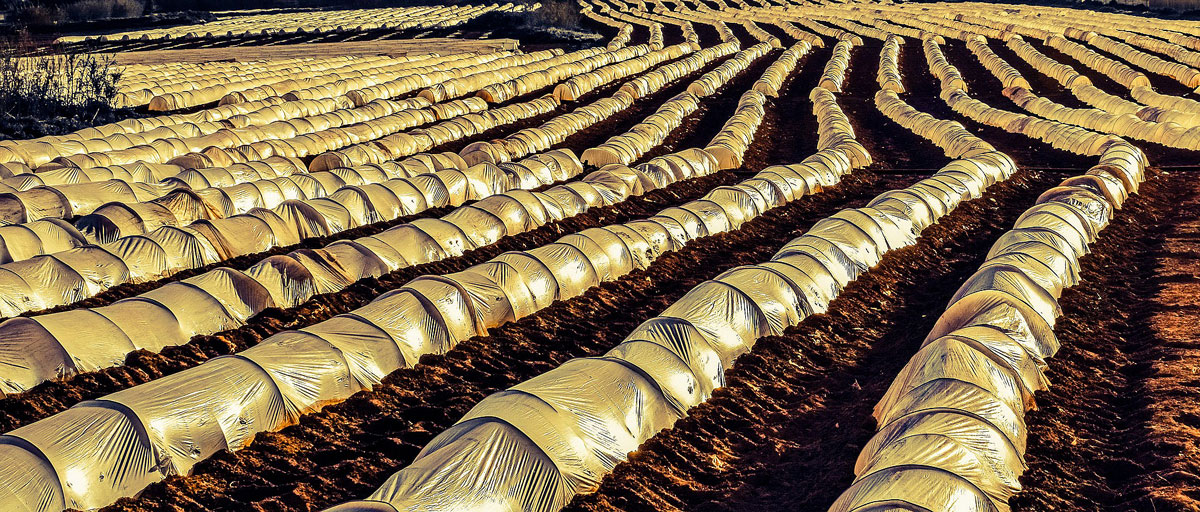Integrating supply and demand in ecosystem service bundles characterization across Mediterranean transformed landscapes
Summary
Humans continually transform landscapes, affecting the ecosystem services (ES) they provide. Thus, the spatial relationships among services vary across landscapes. Managers and decision makers have access to a variety of tools for mapping landscapes and analyzing their capacity to provide multiple ES. This paper characterizes and maps ES bundles across transformed landscapes in southeast Spain incorporating both the ecological and social perspectives. Our specific goals were to: (1) quantify ES biophysical supply, (2) identify public awareness, (3) map ES bundles, and (4) characterize types of ES bundles based on their social-ecological dimensions. Biophysical models and face-to-face social surveys were used to quantify and map ES bundles and explore the public awareness in a highly transformed Mediterranean region. Then, we classified ES bundles into four types using a matrix crossing the degree of biophysical ES supply and the degree of social awareness. Results mapped seven ES bundles types representing diverse social-ecological dynamics. ES bundles mapped at the municipality level showed mismatches between their biophysical provision and the public awareness, which has important implications for operationalizing the bundles concept for landscape planning and management. ES bundles characterization identified four types of bundles scenarios. We propose an ES bundles classification that incorporates both their social and ecological dimensions. Our findings can be used by land managers to identify areas in which ES are declining as well as priority areas for maximizing ES provision and can help to identify conflicts associated with new management and planning practices.







